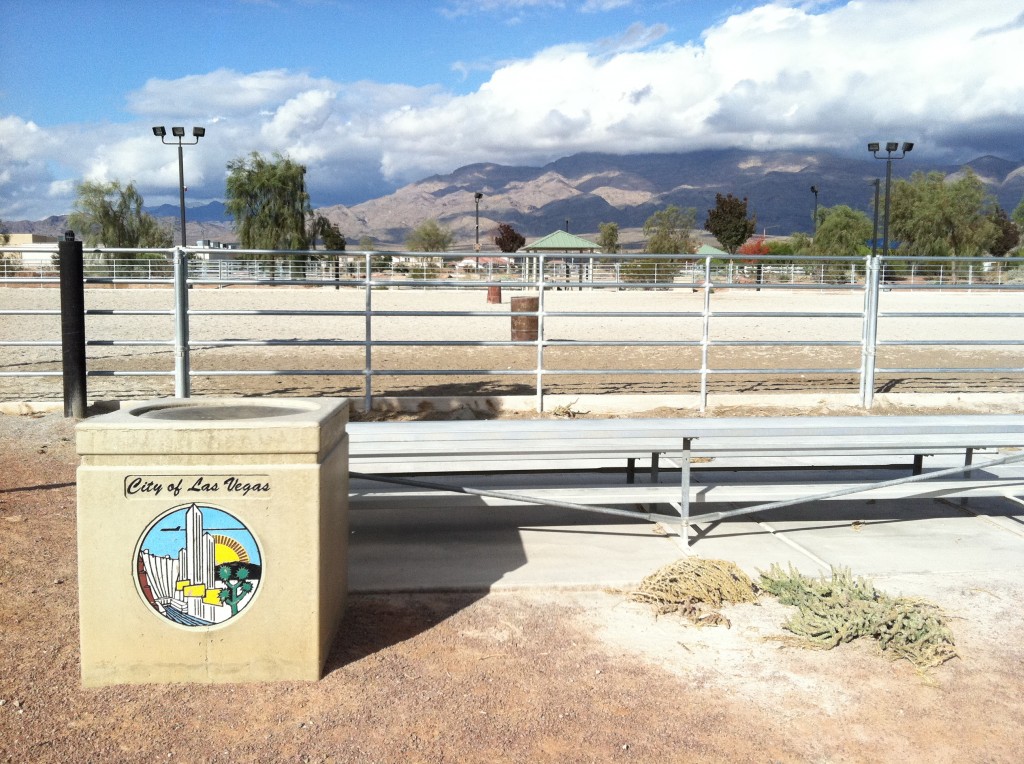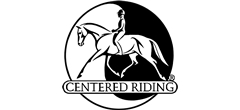Las Vegas and Henderson Public Equestrian Parks
Have you ever wanted to just load up the horses and take them to a park but weren’t sure where to go and what to expect when you arrived?
This article contains basic information about a some of the Public Equestrian Parks in Las Vegas and Henderson. For more details about a specific park, visit the park website or call the park’s managing entity. Most of the information you need is available on the website. The parks are owned or managed by different government entities or management groups but it helps to know as much as you can so you can plan your day for success!
Horseman’s Park
5800 E. Flamingo Rd., Las Vegas, NV 89122 - 702-455-8206
Horseman’s Park is located in southeast Clark County with easy access from US 93/95, I-515 off the Flamingo Rd Exit. The largest public equestrian park in Clark County, in the Southeast side of town, Horseman’s Park boasts 38 acres of space with all the amenities needed for a major event. Many of the horse shows are held at Horseman’s Park throughout the year. It is a one-stop, all-inclusive facility, designed for a Professional Event from Rodeos, to Team Roping, to Jumping, to Barrels, to Vaulting, to Bull Sales.
The Main Arena, with a seating capacity of 2800 and ADA accessibility, the Flamingo Arena, (with seating for 400) a cutting arena, two practice arenas, corrals and livestock pens, wash racks, restrooms and showers, oversize parking, picnic area with open turf, show offices, announcer’s stand, 320 stalls, RV parking with electricity are both available for your event.
Special pricing is available for Youth or Community Events. The Park offers nearby lodging, and even offers overnight boarding for travelers.
Western Trails Equestrian Park
7500 Cameron Street, Las Vegas, NV 89139 - (702) 455-8200
Western Trails Equestrian Park is located in southwest Clark County with easy access from I-15 off the Blue Diamond Exit. The park sits on nine acres of manicured arena, a round pen, a dressage court and bridle paths that wind around inside the park. There’s an amphitheater in this park too! Park hours are 6 am to 11 pm on a first-come, first-served basis. It truly is a clean, comfortable, wide open park.
Check out the Western Trails Neighborhood Park Facebook Page to see what they are all about!
Bradley Bridle Park
8225 N Bradley Rd, Las Vegas, NV 89131 - (702) 229-6718
Bradley Bridle Park is very convenient if you live in the North side of town, and is easily accessible from I-215 and Bradley Rd Exit. The park is on the corner of Horse and Bradley Rd. This is a great park with desert area close by for those who love the trail! Bradley Bridle Park is owned and operated by the City of Las Vegas.
You can make reservations for equestrian special events and to reserve a picnic pavilion but otherwise, it is on a first-come, first-served basis. Bradley Bridle Park has a large arena with lights and bleacher seating, two roundpens, one lighted, a covered stall, restrooms, a perimeter trail, and three shaded picnic areas.
Floyd Lamb Park
9200 Tule Springs Rd., Las Vegas, NV 89131 - (702) 229-6718
Floyd Lamb Park at Tule Springs is a large day-use only facility on the Northwest side of the valley easy access off Durango and the 95. This is a nice park if you are interested in riding on the trails around the park or into the desert, but does not have riding arenas, round pens or stalls. Tables and grills are located throughout the park, some covered cluster sites are available for small groups. All areas are on a first-come, first served basis.
Groups of 25 or more require advance reservations for use of group use areas. Park gate hours are 8 am to 8 pm May thru August, and 9 am to 5 pm September thru April. Park Fees are: Daily Per Car: $6 including car and horse trailer.
Equestrian Park South
1200 Equestrian Dr., Henderson, NV - (702)267-4000
Equestrian Park South is a large park in Hendersonm, is located off Boulder Hwy, Equestrian Drive and Magic Way. Operated by the City of Henderson, this is a really nice and clean park with fabulous views of the desert and mountains. Boasting 170 acres, 1.8 mile dirt horse path, a paved biking/walking trail, with parking for horse trailers, open grass area and restrooms, this is a wonderful equestrian facility.
In addition, the park features three adjoining loops, a 1.4 mile equestrian trail to the north which connects Saguaro Park, Equestrian Park South, Equestrian Park North, Equestrian Trailhead, and River Mountains Loop Trail. The hours are 6:00 am – midnight.
I hope this information has been useful.
Wherever you decide to ride, be safe, have fun and above all, enjoy your time with your horse!
Callie Klein, Riding Instructor


